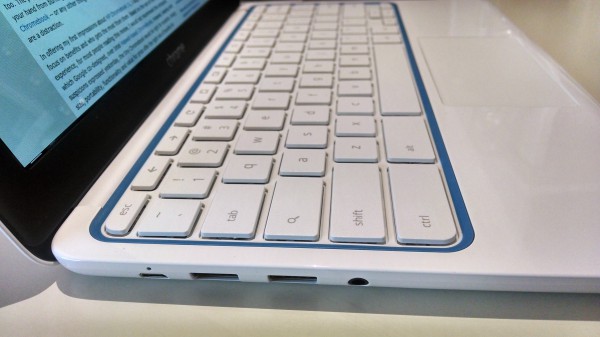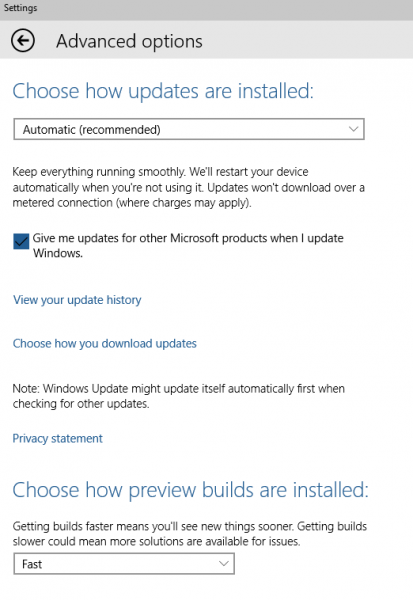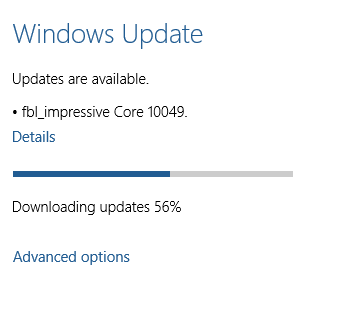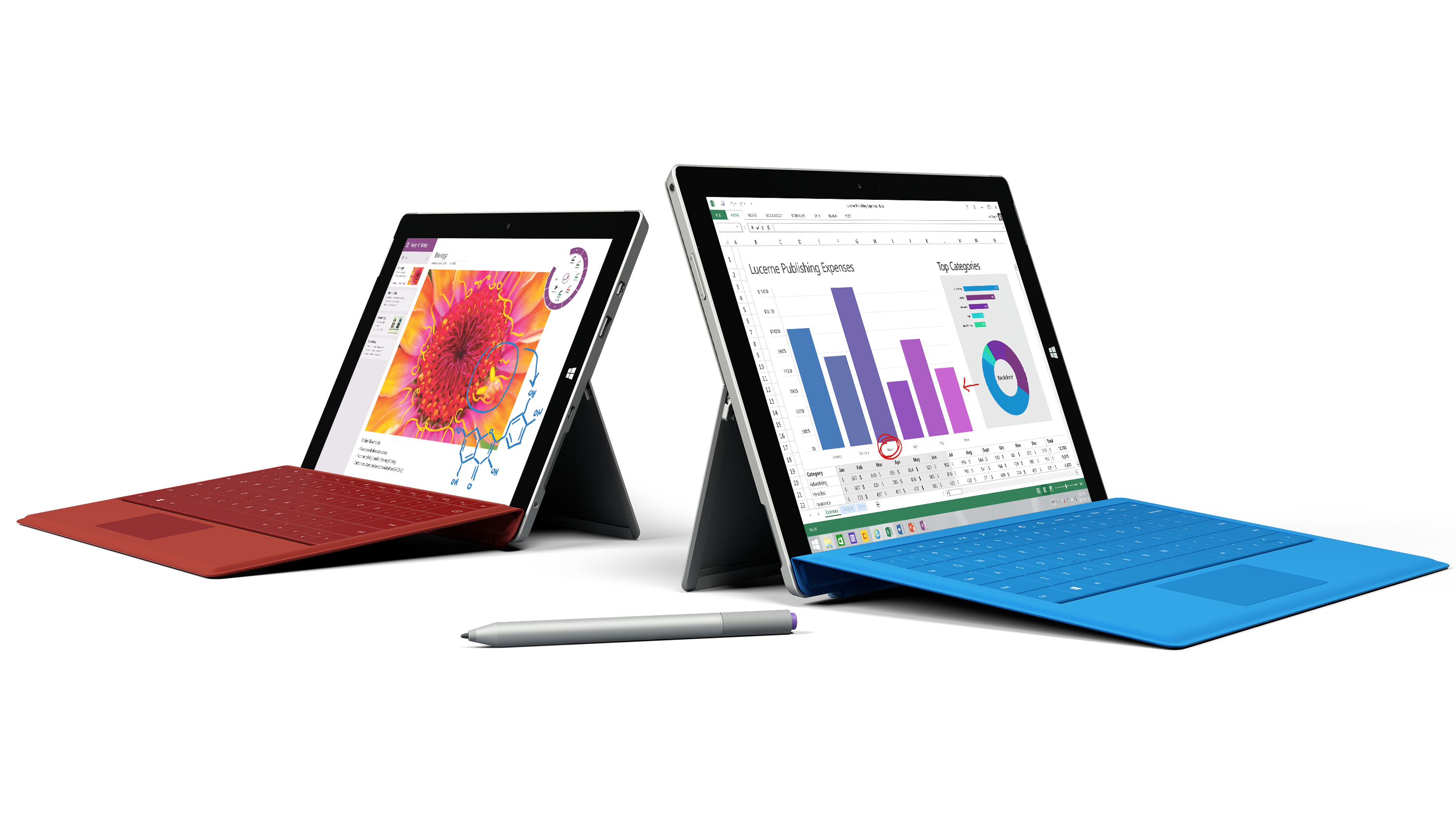
Before Microsoft announced Surface 3, choosing a Surface tablet was ultimately a matter of deciding which Surface Pro 3 model fits you best, depending on your budget and needs. But now that there's a new kid on the block, which is offered in four, very distinct trims, finding the right Surface just got trickier.
Just like its older brother, the new Surface 3 features a high-resolution display, promises great battery life, offers a decent amount of storage, packs an x86 processor and runs Windows 8.1. The optional Type Cover keyboard makes an appearance as well, and so does Surface Pen. But there are some differences, of course. So which one should you buy?
First, let's go through the specs.
Surface 3: 10.8-inch display with a resolution of 1,920 by 1,280 (3:2 aspect ratio); 1.6 GHz quad-core Intel Atom X7-Z8700 processor (Turbo Boost up to 2.4 GHz); 2 GB or 4 GB of RAM; 64 GB or 128 GB of internal storage, respectively; battery life: up to 10 hours of video playback; Wi-Fi 802.11ac (4G LTE is optional); Bluetooth 4.0; full-size USB 3.0 port; mini DisplayPort; microSD card slot; 3.5 MP front camera; 8 MP rear camera; stereo speakers; Windows 8.1. There's also a typical suite of sensors. Physical dimensions: 267 x 187 x 8.7 mm and 622 grams (10.52 x 7.36 x 0.34 in and 1.37 lbs).
Surface Pro 3: 12-inch display with a resolution of 2,160 by 1,440 (3:2 aspect ratio); fourth-generation 1.5 GHz dual-core Intel Core i3, 1.9 GHz Core i5 or 1.7 GHz Core i7 processor; Intel HD Graphics 4200, HD Graphics 4400 or HD Graphics 5000, respectively; 64 GB (Core i3), 128 GB (Core i5), 256 GB (Core i5) or 512 GB (Core i5) of internal storage; 4 GB (64 GB and 128 GB) or 8 GB (256 GB and 512 GB) of RAM; battery life: up to 9 hour of web browsing; Wi-Fi 802.11n (Core i3) or 802.11ac (Core i5 and Core i7); Bluetooth 4.0; full-size USB 3.0 port; mini DisplayPort; microSD card slot; 5 MP front and rear cameras; stereo speakers; Surface Pen; Windows 8.1 Pro (64-bit). It also packs the usual suite of sensors. Physical dimensions: 292.10 x 201.42 x 9.14 mm and 790 grams (11.50 x 7.93 x 0.36 in and 1.76 lbs).
Now that the specs are out of the way, let's compare the two and find one where they shine.
Power
Many users will be considering a Surface device for resource-intensive applications, and that requires plenty of processing power. Here, Surface Pro 3 wins, hands down.
Surface Pro 3 is equipped with high-end Core i processors, which are designed to offer a good balance between performance and battery life, while Surface 3 is equipped with an Atom processor that prioritizes battery life over outright speed. Not to mention that Surface Pro 3 can be had with a very powerful Core i7 processor, which furthers the performance gap.
Also, Surface Pro 3 can be had with 8 GB of RAM, twice as much than Surface 3 offers in its flagship model, which will make multitasking easier. Even the base Surface Pro 3 model comes with 4 GB of RAM, while the base Surface 3 only offers half as much.
That said, Surface 3 will be able to handle typical Windows software, like Google Chrome and Office. It just won't be able to handle all your virtual machine instances or development software as well as (or even remotely close to) Surface Pro 3.
Productivity
If you ignore the x86 processor found in Surface 3, the smaller Surface looks more like a typical tablet than a mobile device that might replace an ultrabook or smaller laptop.
It will run all the Windows programs that users want, naturally, however it is limited in the productivity department by its smaller 10.8-inch display. In practice, you'll be able to browse the web, write an Office document and handle all your email, but you may want to connect it to a bigger screen to increase productivity.
However, Microsoft is trying to make Surface 3 appeal to more consumers by bundling a one-year Office 365 subscription with each purchase. That's not the case with Surface Pro 3; you'll need to buy one separately. Having used Office 365 for a few good months now, it's hard not to see the value in it (hey, on top of Office, there's 1TB OneDrive storage thrown in for free -- and if you know where to look, you can unlock unlimited storage), especially for folks with tight budgets (like students).
Meanwhile, Surface Pro 3 is designed as a "tablet that can replace your laptop". It's got a bigger display, akin to what you can find on a popular ultrabook like Apple's larger MacBook Air, it comes standard with a stylus (Surface Pen, optional on Surface 3), the kickstand can be angled in any number of ways (Surface 3's kickstand only has three positions), and the optional Type Cover keyboard is larger, and, most likely, more pleasant to type on, and also comes with a larger touchpad area.
Connectivity
Even though on the surface both Surface 3 and Surface Pro 3 are capable of meeting the needs of a road warrior, only Surface 3 also gives the user the option to connect to a 4G LTE network. This can be a major advantage for those who don't want to use their smartphone to tether or are unable to do so.
Also, no matter which Surface 3 model you choose, you get Wi-Fi 802.11ac as standard. This isn't the case with the base Surface Pro 3 model, which gets the slower Wi-Fi 802.11n. The speed difference can be substantial, as long as you have a solid Wi-Fi 802.11ac router.
Both slates offer a full-size USB 3.0 port, and a mini DisplayPort to connect an external display. It's worth pointing out that Surface 3's connectivity can be enhanced using a Surface Pro 3 Docking Station (it goes for $199.99).
Mobile Credentials
Let's talk about portability and battery life.
Both Surface 3 and Surface Pro 3 promise similar battery life, except that whereas Surface 3's battery life is quoted for video playback, Microsoft rates Surface Pro 3's battery life for Wi-Fi browsing. As such, we can't really compare the two directly, as it'd be an apples to oranges comparison. However, both devices should offer great battery life when used accordingly.
When it comes to portability, Surface 3 is the clear winner. It's both smaller and lighter, which means that it won't take as much room in a briefcase or backpack. Even with the optional keyboard on, it won't be much bigger or heavier than Surface Pro 3, sans its Type Cover keyboard.
That said Surface Pro 3 packs a bigger punch, which will make it easier to work with heavy software on the go, if you ever need or want to do so. It's something to keep in mind, as battery life is likely to be similar and the extra bulk isn't intimidating.
The Elephant in the Room
It's the cost. Surface 3 is priced like a high-end tablet. The base model kicks off at $499, and for the money you get the 64 GB version with 2 GB of RAM. Step up to the 128 GB version with 4 GB of RAM, and you'll have to shell out just $100 more ($599). The 4G LTE option adds $100 to the cost, for either model.
For a Type Cover keyboard, Microsoft will ask $129.99 (once it's available, of course). The stylus is a $49.99 option, which, depending on your needs, you may or may not want to get. Type Cover, however, is a must-have from my point of view.
Now let's look at Surface Pro 3. The base model, which offers 64 GB of internal storage, Core i3 processor and 4 GB of RAM, costs $799. There's no 4G LTE option, but Surface Pen is included. Type Cover also costs $129.99. You may be able to get Surface Pro 3 for less, seeing as it's quite old at this stage and there's plenty of stock.
Of course, there's nothing stopping you from spending upwards of $1,949 on Surface Pro 3 (without a keyboard, I should point out), to get the top-of-the-line model with 512 GB of internal storage, Core i7 processor and 8 GB of RAM.
So, if cost (and the added mobility) is a major concern, Surface 3 makes more sense. The $300 price difference, which isn't small, between the base models can go towards a Type Cover keyboard, extended warranty and other things.
Fundamental Differences
Going by the specs alone, Microsoft has introduced Surface 3 for people who want Surface Pro 3, but do not need the extra performance offered by the Core i processors nor the larger display.
Those can be folks who work more on the go (hence the 4G LTE option), don't run heavy software, and who, when they're at the office, connect their Surface to a proper monitor (which Surface 3 can handle, of course). If that's you, maybe Surface 3 should be your first option.
Surface 3 retains all the other benefits provided by Surface Pro 3, like the compatibility with the docking station, Surface Pen support, and more, but offers them in a much more portable package. What's not to like?
Meanwhile, Surface Pro 3 is aimed at folks who are looking for a tablet (let's say hybrid device) that they'll be using more at the office than on the go (or, if it's more on the go, they don't mind/they need the extra screen estate), which can run heavier software, and that they can store lots of data on. They also have to look past the higher asking price.
Basically, Surface Pro 3 is more like a Swiss Army Knife, while Surface 3 looks more like a camping knife, in comparison. Personally, I prefer the Swiss Army Knife, even though the camping knife looks quite good for considerably less money (metaphorically speaking, of course). How about you?






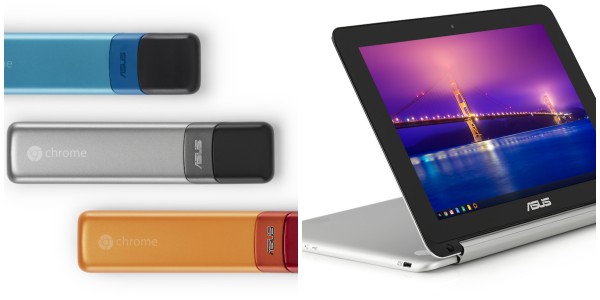
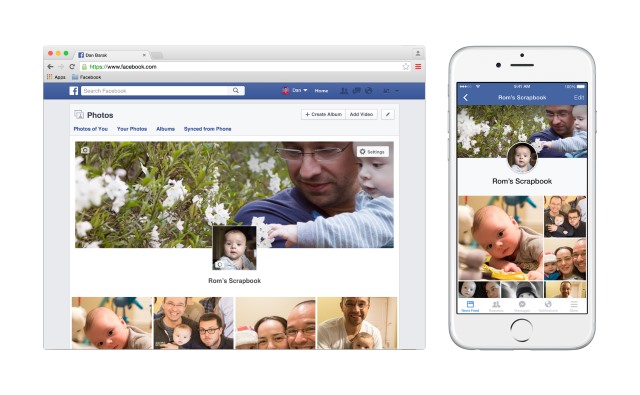

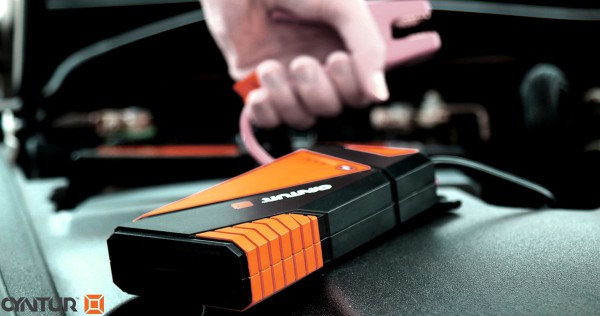





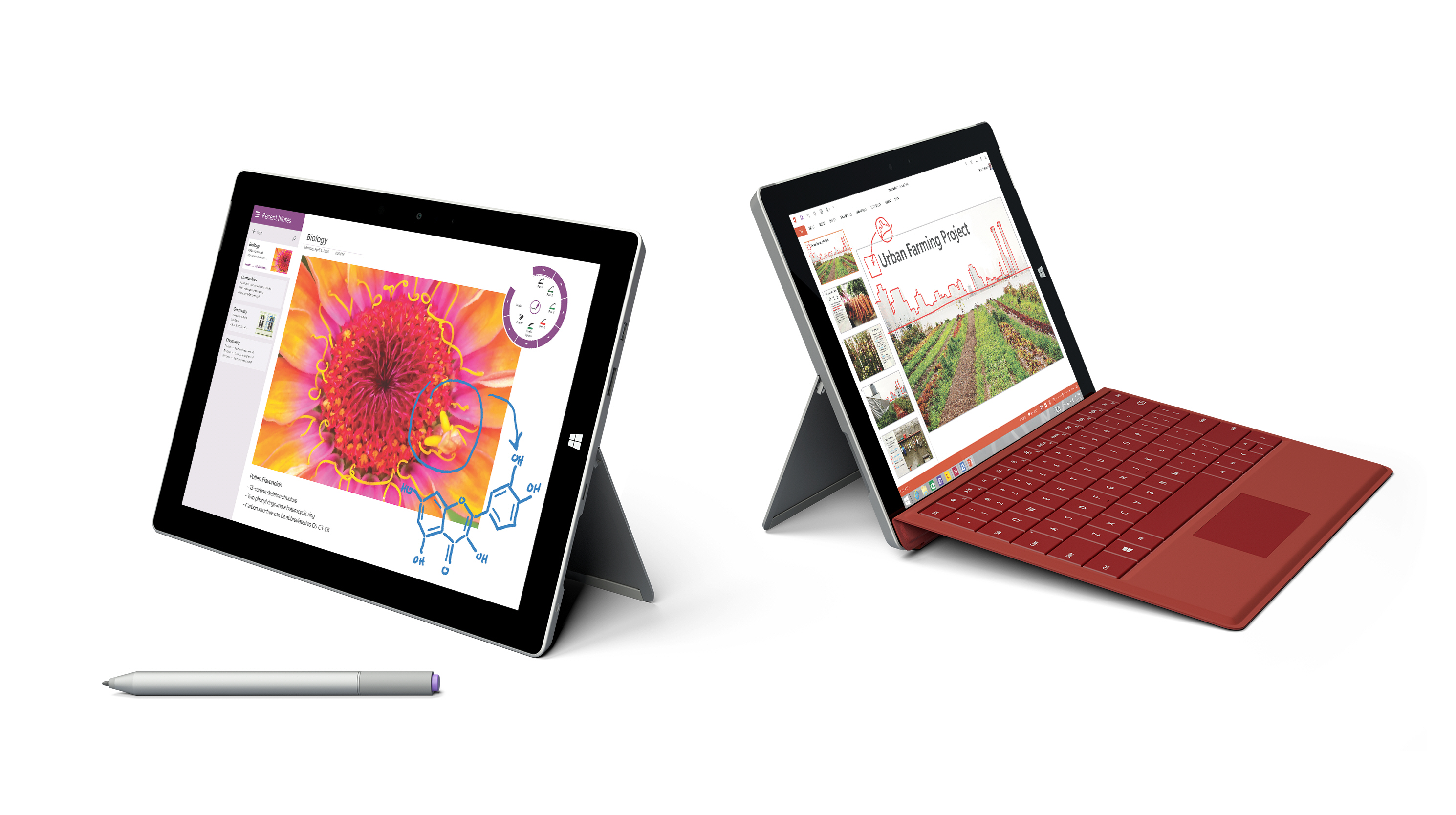
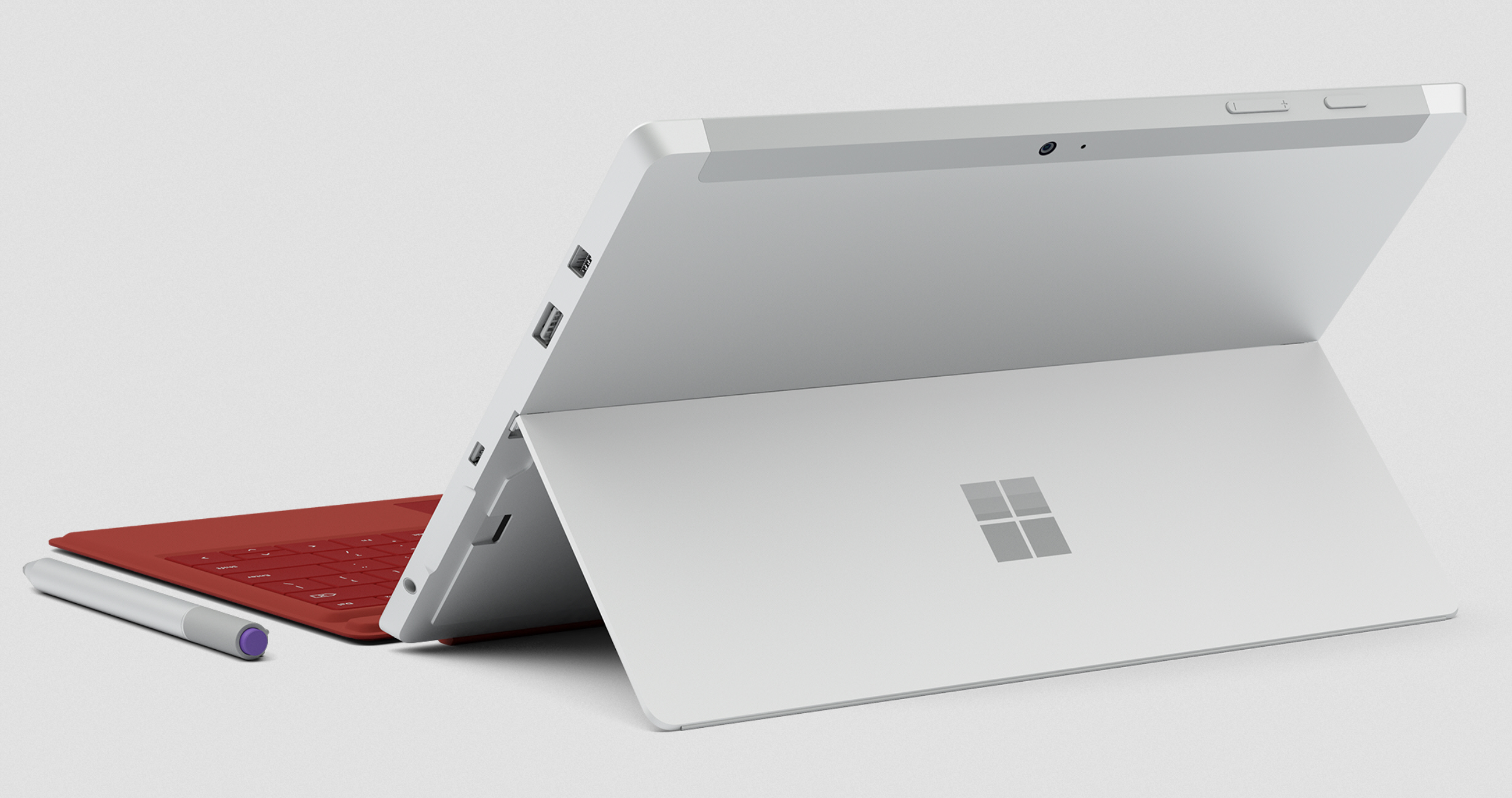
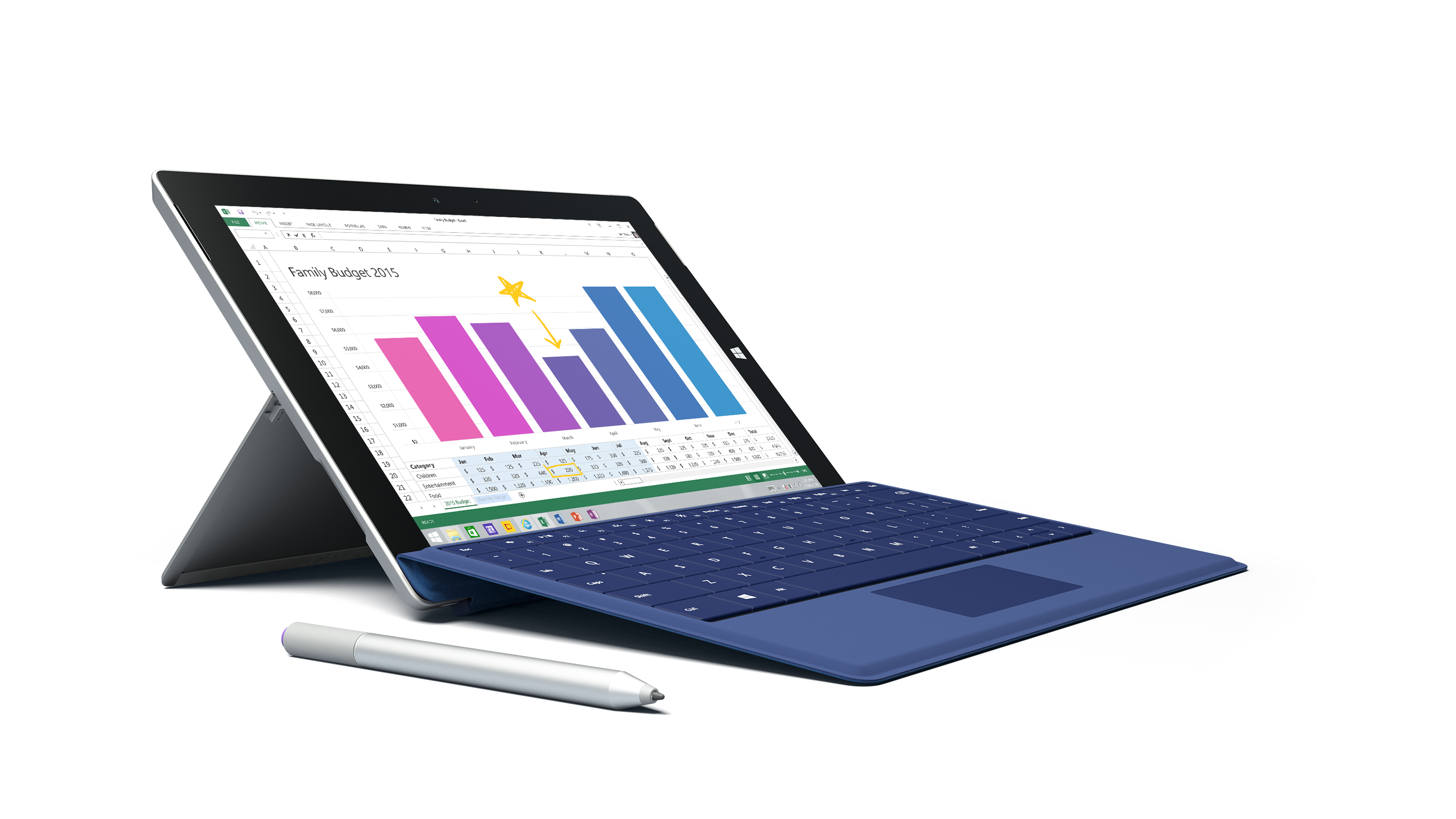
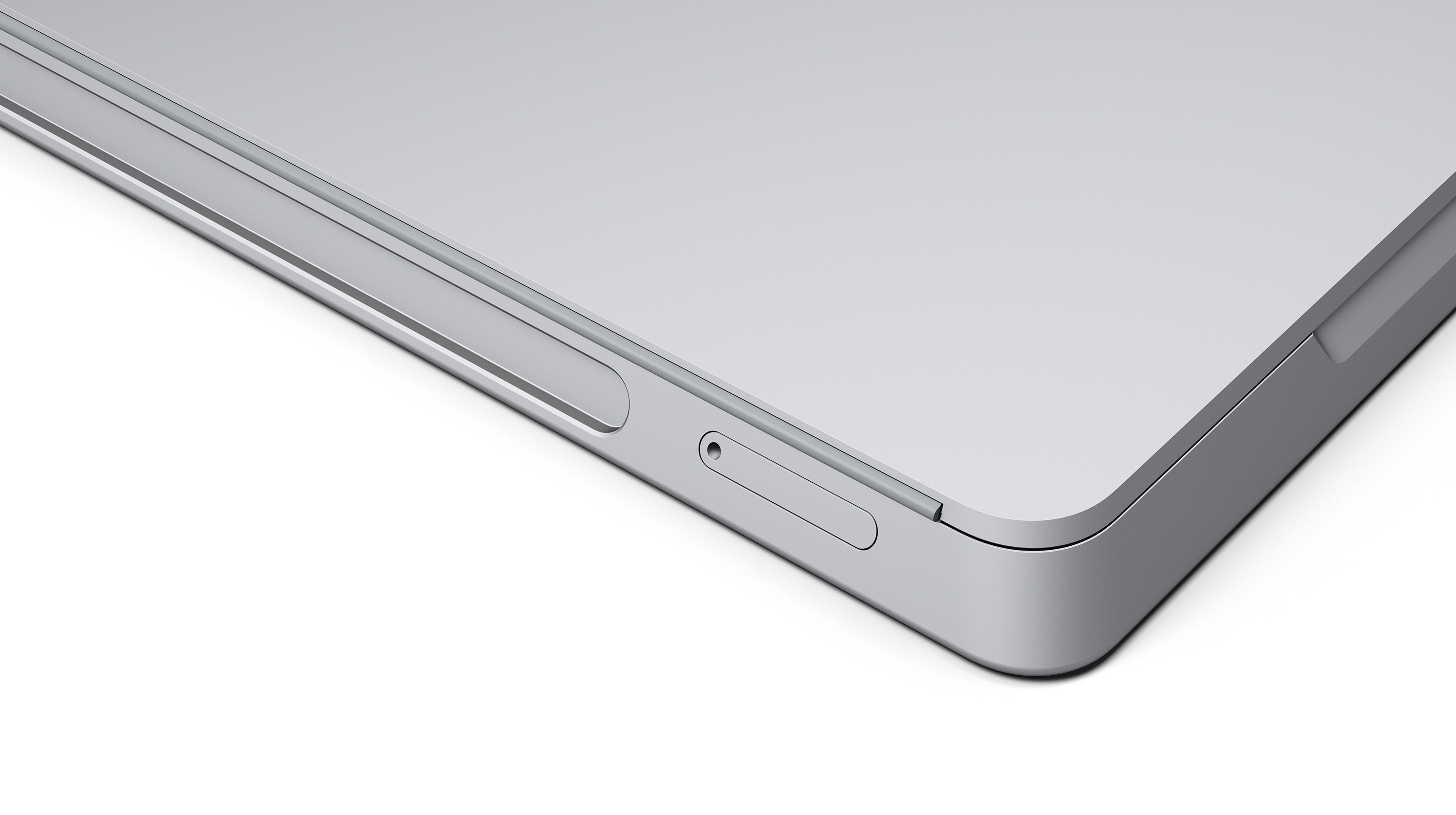

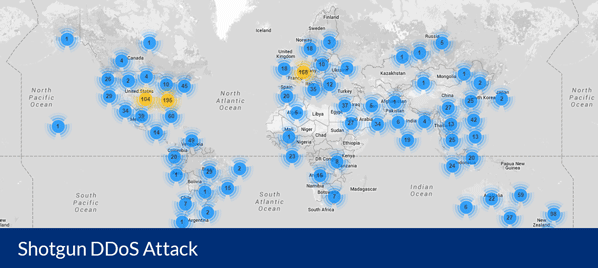
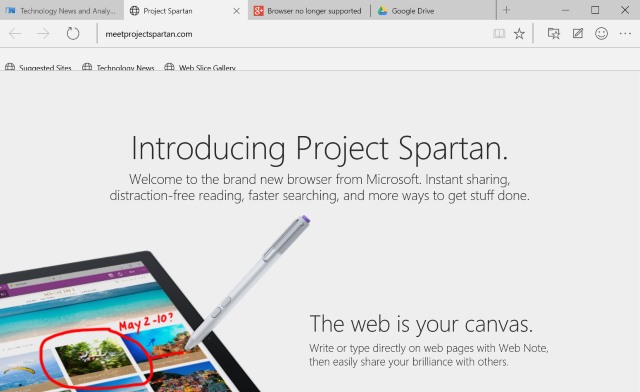
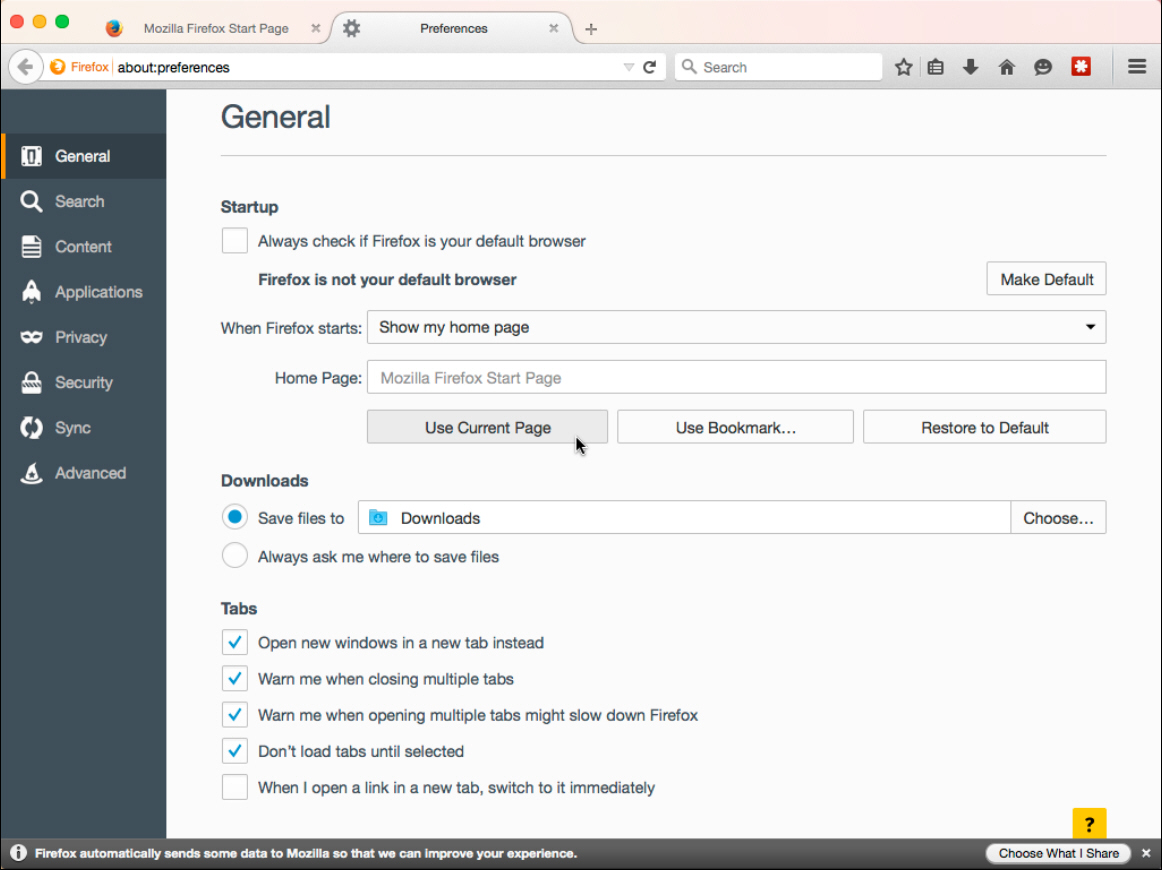
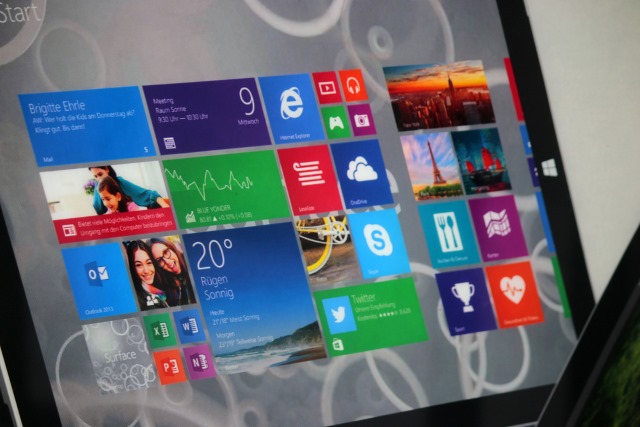
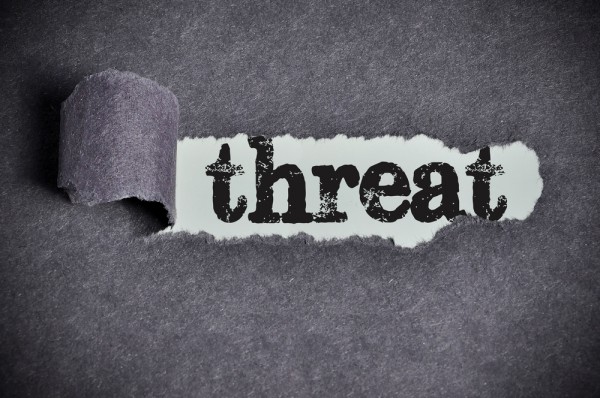

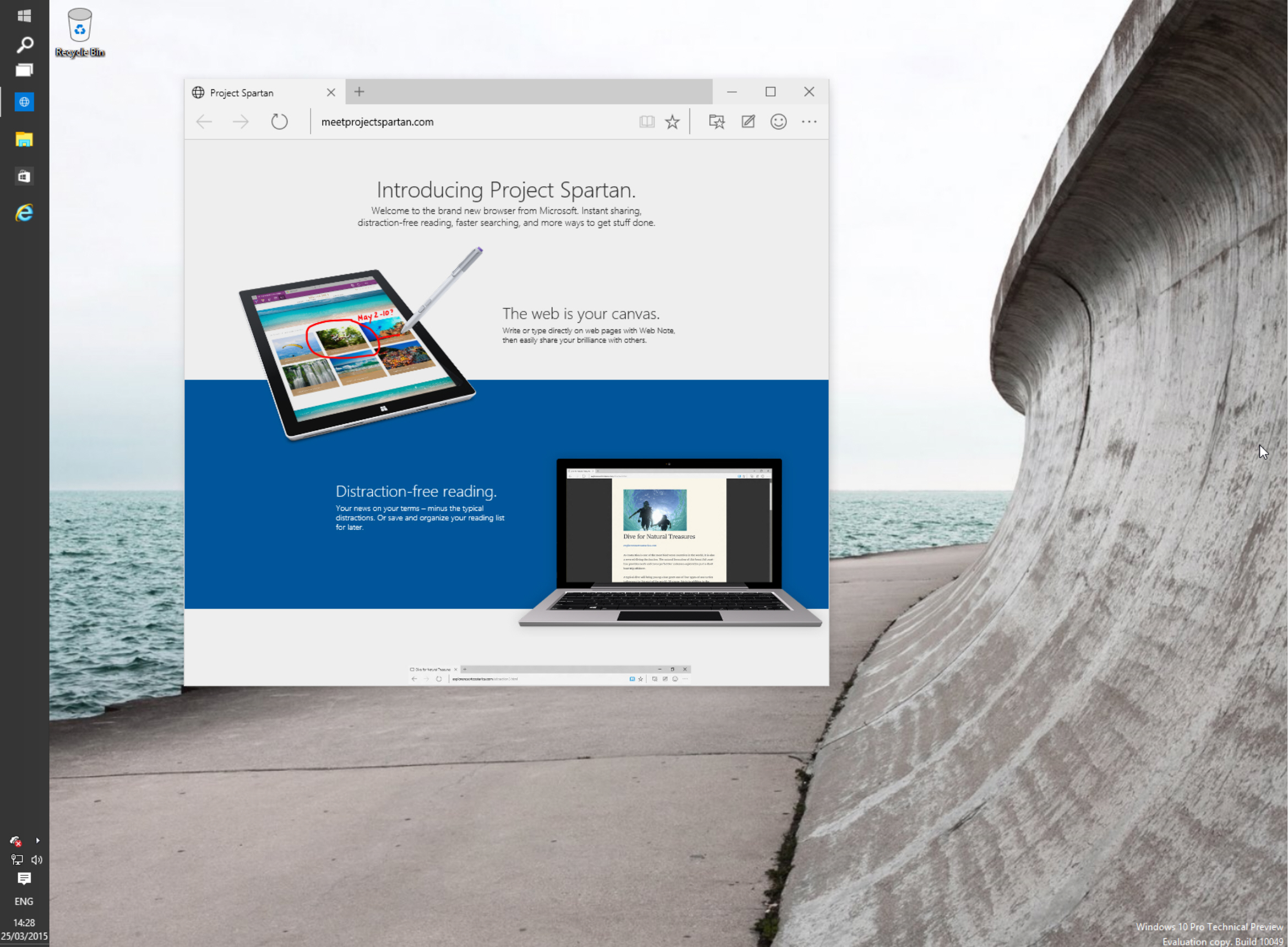
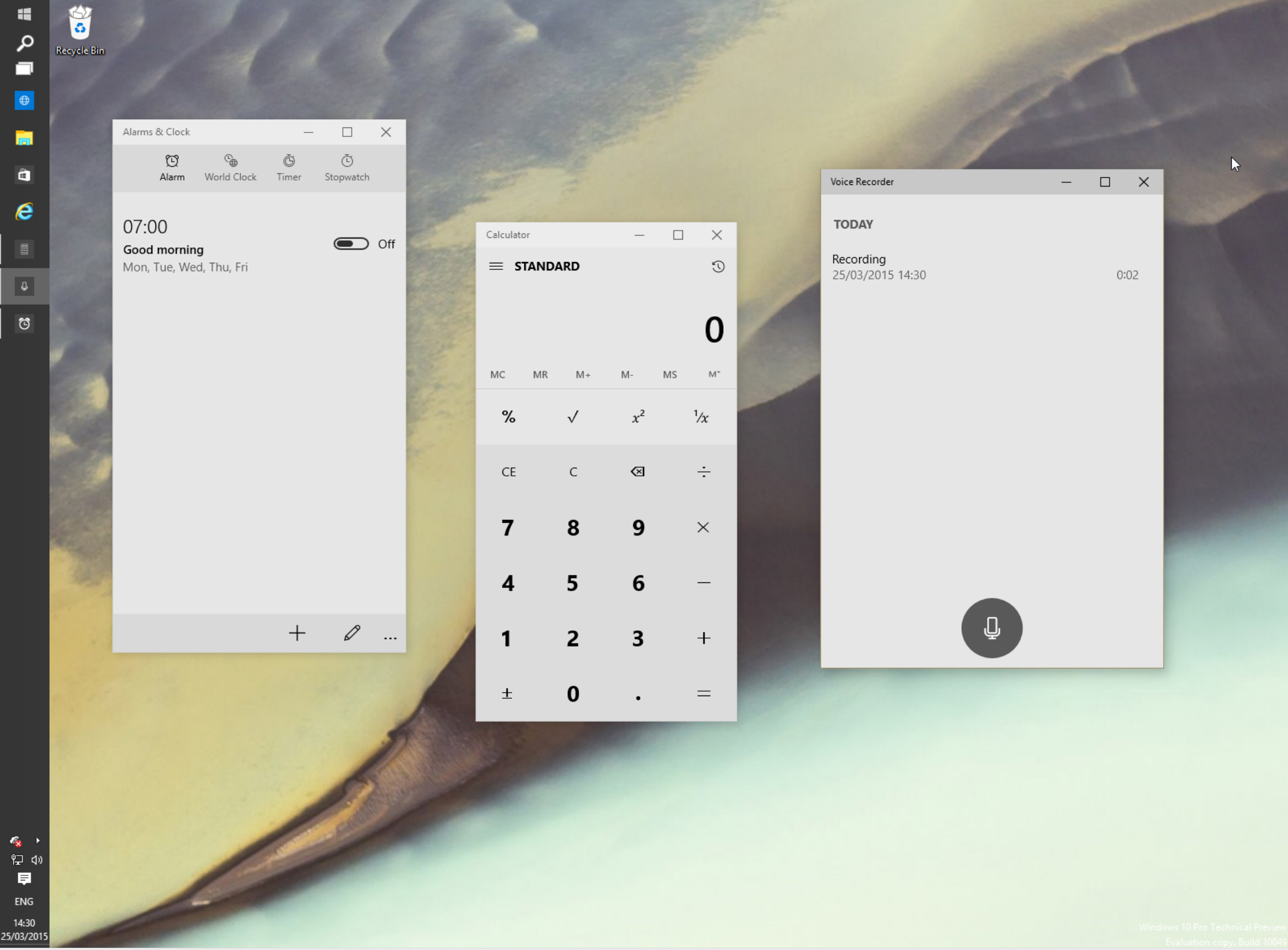
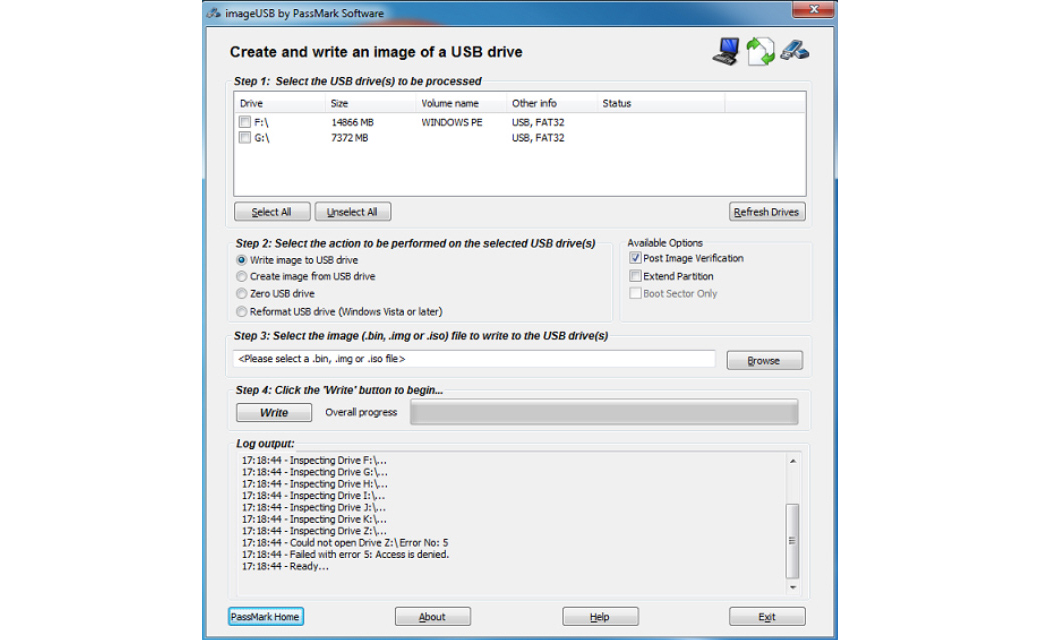
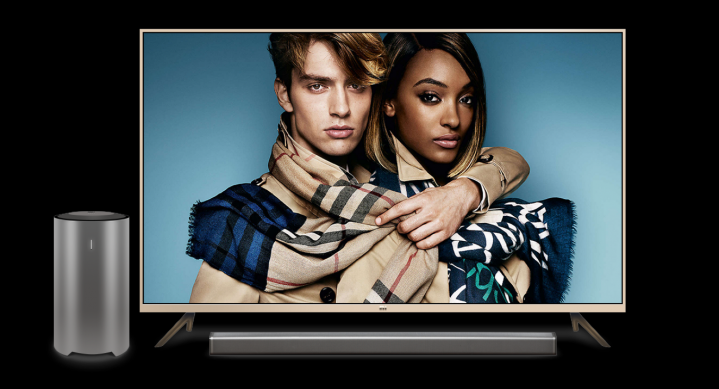


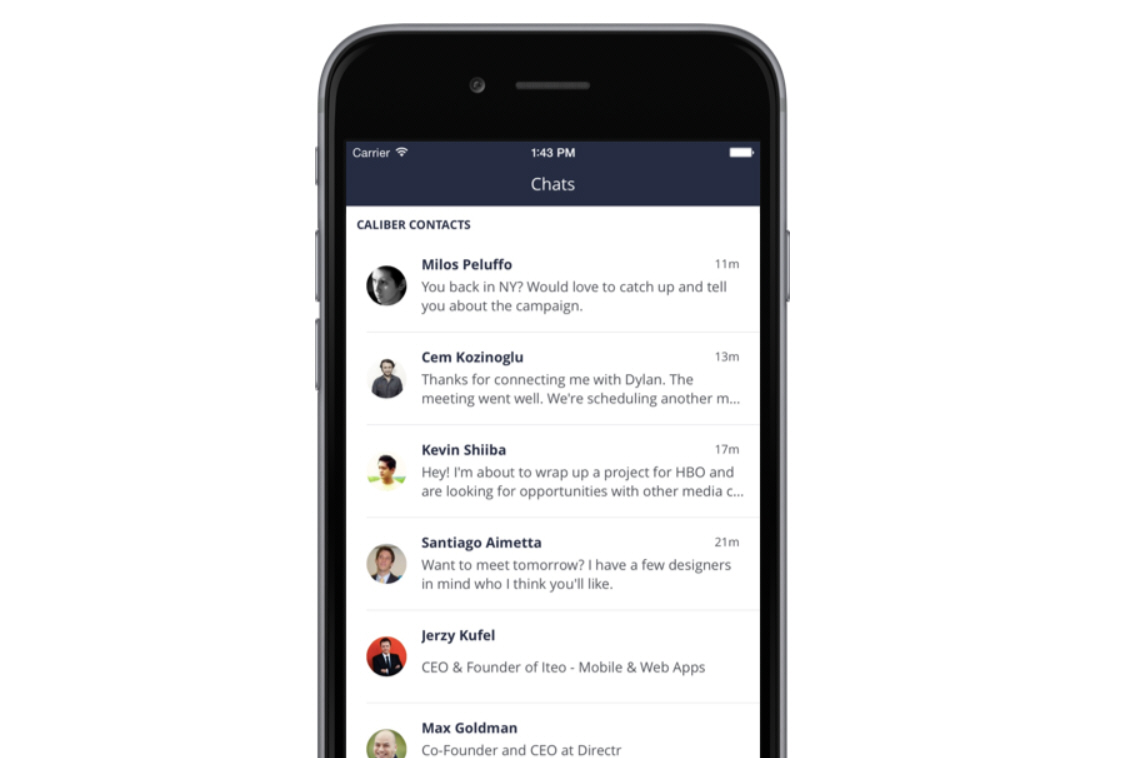
 The Indiana Legislature is in the news for passing
The Indiana Legislature is in the news for passing 